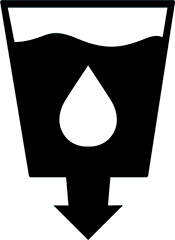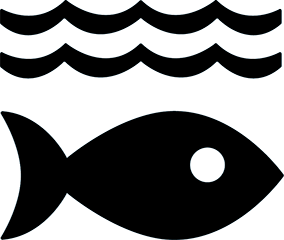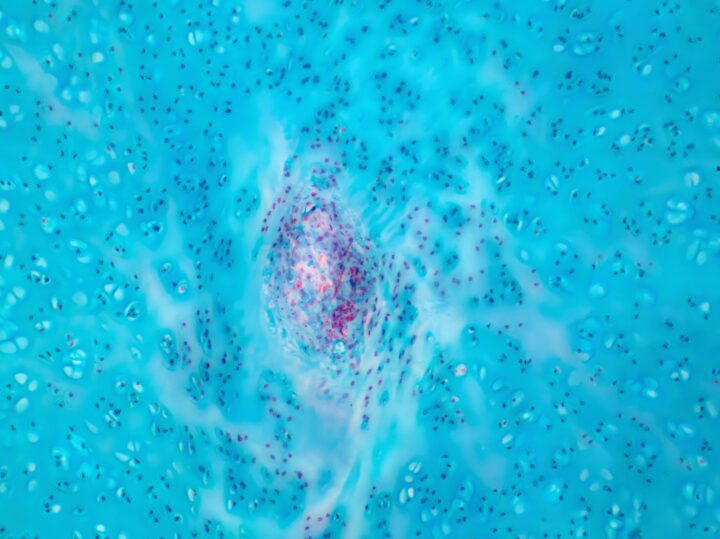A system with no moving parts turns sewage into clean water.
Benefits
- Reduced maintenance
- Lower cost to operate
- Preservation of open space
Applications
- Municipal wastewater treatment
UN Sustainable Development Goals Addressed
-

Goal 6: Clean Water & Sanitation
-

Goal 9: Industry Innovation & Infrastructure
-

Goal 11: Sustainable Cities & Communities
-

Goal 14: Life Below Water
The Challenge
Indoor plumbing improves sanitation in human settlements, but produces vast amounts of harmful wastewater. This is especially true in densely populated areas such as Bengaluru, where most sewage has been returned untreated into the environment.
Conventional sewage treatment plants use oxygen-breathing bacteria and chemicals to decompose and detoxify this water. The process uses energy-intensive motors and fans to blow air over open tanks, is expensive to run, and poses noise, odor, and safety problems. Can sewage be treated in a more safe, eco-friendly, and sustainable way––especially in remote or less-developed areas?
Innovation Details
ECOSTP has invented an underground sewage treatment system that requires no power and has no moving parts. Water containing human waste flows via gravity through a series of chambers. Heavier solid materials sink to the bottom of initial chambers, while lighter, more diffuse organic matter and pathogens move progressively through additional chambers, where they are decomposed by anaerobic bacteria, which don’t need oxygen. A final series of chambers is designed like wetlands, with the increasingly clean water flowing among plants whose roots capture a range of pollutants. Emerging at the end is clear, clean water that, with subsequent processing, can be used for agriculture, bathing, and even drinking.

Learn more about the ECOSTP and how it works in this video, produced by BBC for 30 Animals that Made Us Smarter.
Biological Model
The ECOSTP system was inspired by the multi-chambered stomach and associated microbiome found in the digestive tracts of cows and other ruminants. These stomachs have four separate compartments in which different strains of anaerobic microorganisms progressively break down fibrous, hard-to-digest plant matter, making its usually inaccessible component molecules available for use.
The last stage of ECOSTP is based on wetland ecosystems, where water percolates through fields of plants. As the plant roots suck up water, they also absorb nutrients and contaminants, cleaning the water in the process.
Ray of Hope Prize®
ECOSTP was selected as the finalist for the 2019 Ray of Hope Prize®. This annual award celebrates nature-inspired solutions addressing the world’s biggest environmental and sustainability challenges. Created in honor of Ray C. Anderson, founder of Interface, Inc., and a business and sustainability leader, the $100,000 Ray of Hope Prize helps startups cross a critical threshold in becoming viable businesses by amplifying their stories and providing them with equity-free funding. The prize shines a light on the innovative, nature-inspired solutions that we need to build a sustainable and resilient world.





